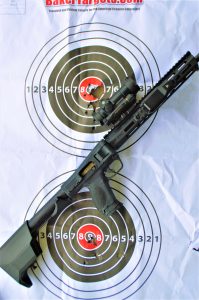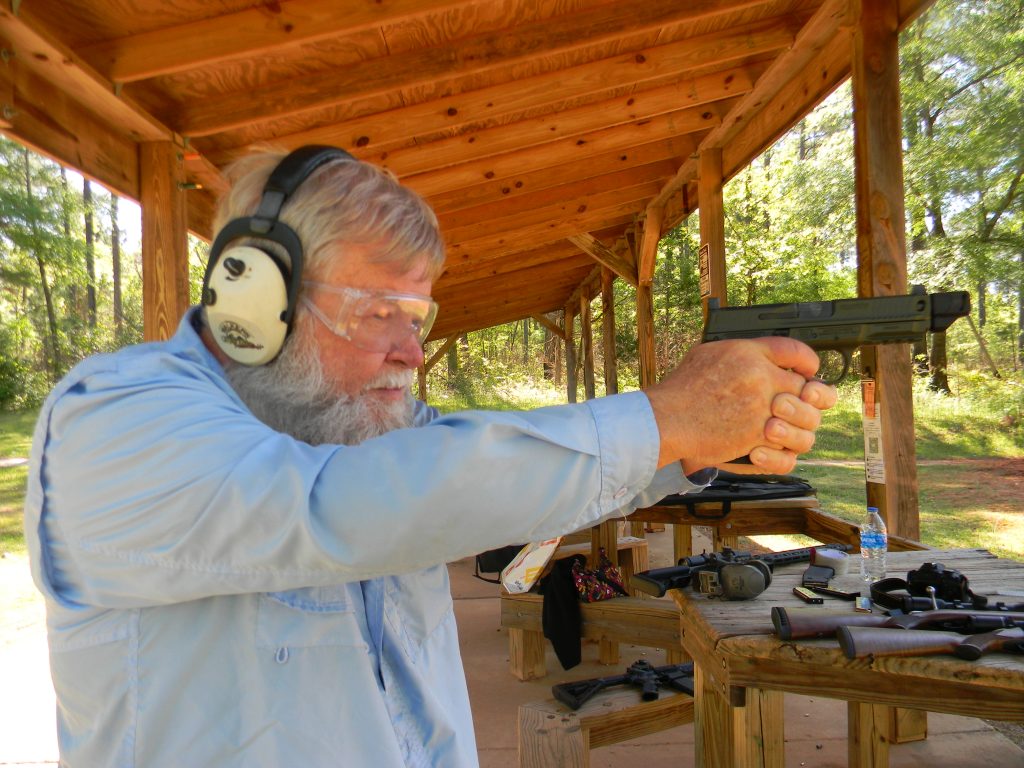
By R.K. Campbell | Contributing Editor
The popularity of the 9mm pistol and the 9mm carbine in America seems a good thing.
The 9mm is easy enough to shoot well, reliable in good firearms, and effective with good ammunition. A lot of folks like to marry their 9mm pistol to a 9mm carbine. This is a good program for many homeowners.
If you are primarily interested in home defense the setup is attractive. When the pistol and carbine use the same magazine you have real utility.
I was slow to get on the 9mm carbine bandwagon. Most of the early generation 9mm carbines were civilian legal versions of a 9mm SMG design. Bulky, heavy, with terrible triggers and heavy bolts they were not well suited to civilian shooting styles. These carbines were succeeded by the Marlin Camp Carbine and later the handy folding carbines from Kel Tec. Recently Kel Tec introduced the Generation 3 Sub 2000. The Sub 2000 allows the carbine to be folded while mounted with a red dot sight, which the original did not. Then came the S&W Wesson FPC and I was in for the long run.
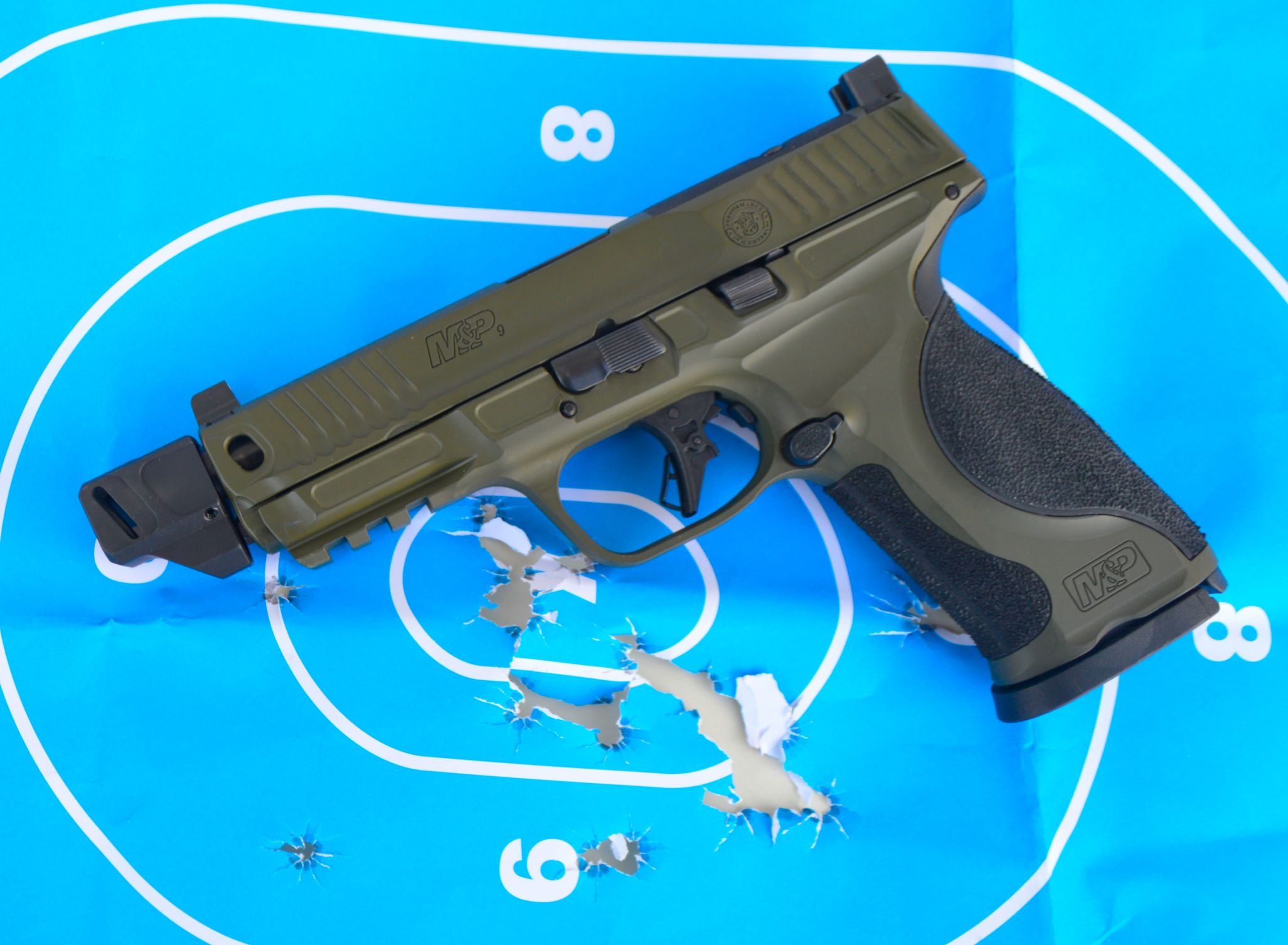
I took an in-depth look at the 9mm carbine/pistol combination beginning about a year ago. I found the combination not only viable but among the best personal defense combinations ever envisioned. There are other choices, but I adopted a combination from Smith & Wesson as my go to dynamic duo of 9mm firearms. The pistol is a Smith & Wesson Military & Police 2.0 9mm. My version is the Performance Center SPEC.
This pistol features the recently introduced metal frame. This aluminum frame makes for a handgun with better balance, and which absorbs recoil well, yet at 30 ounces it isn’t heavy on the hip. A Faxon compensator makes for excellent recoil control. The pistol is delivered with four magazines, two 17 and two 23 round. Fit, finish, and attention to detail are top tier. The pistol features a roughened grip treatment with an excellent balance of adhesion and abrasion. Forward cocking serrations and a set of suppressor ready three dot tritium sights are good personal defense features. The 2.0 trigger results in a clean sharp trigger break.
The handgun’s ergonomics cannot be faulted. I have yet to experience a failure to feed, chamber, fire or eject. As for accuracy potential the pistol has proven a good shooter with practically every load I have tried. At 25 yards, quality ammunition such as the Speer Gold Dot 124-grain JHP will put five shots into 2.0 to 2.5 inches. Overall this is a great personal defense gun. Offhand firing in combat drills has provided excellent results.
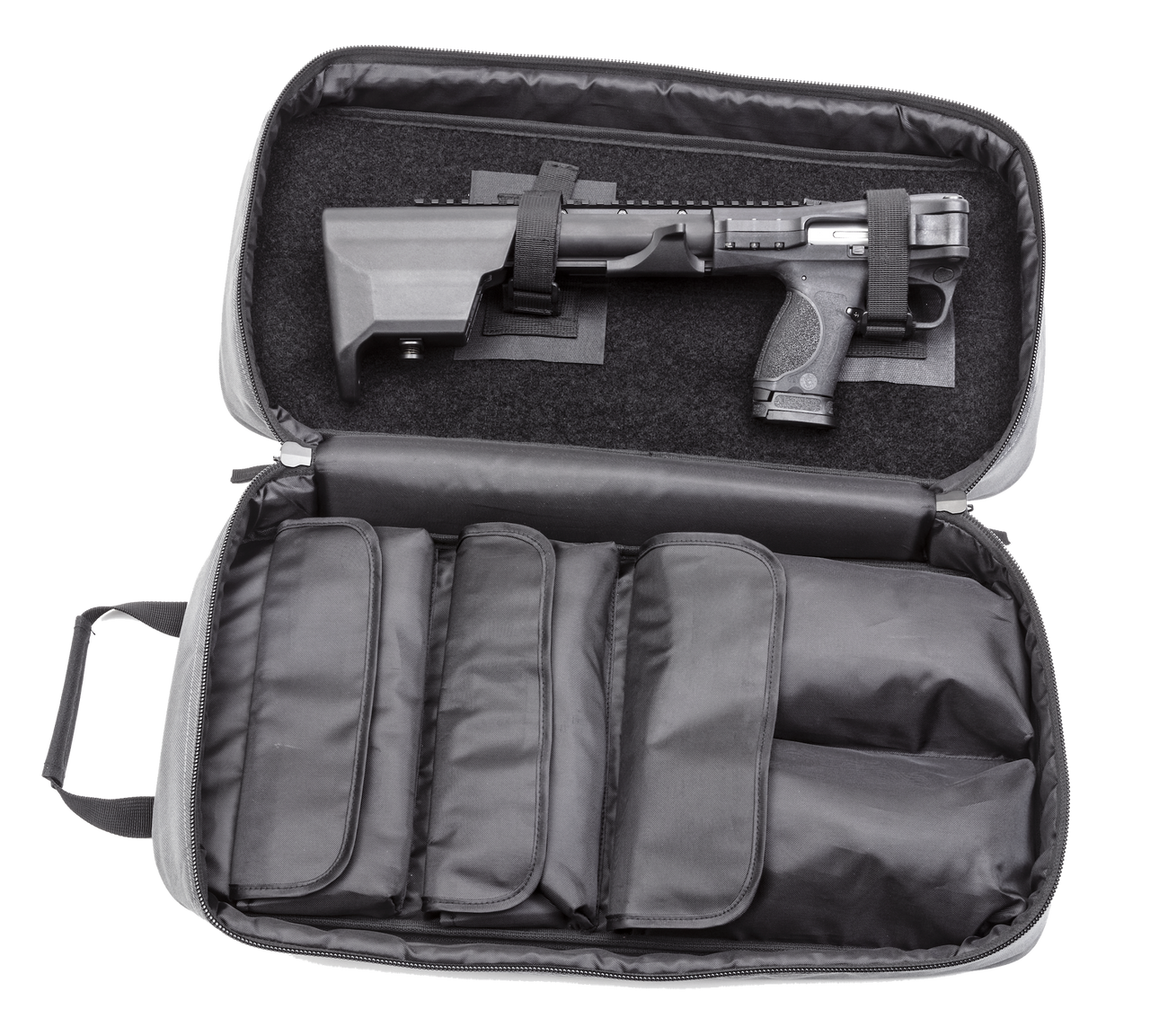
I chose the Smith & Wesson FPC (folding pistol caliber carbine) as a companion to the M&P 9mm handgun. The FPC is light enough and folds for easy storage. The pistol features a light rail for easy mounting of optics. When folded the optic is off to one side in a neat package. The FPC is delivered in a zippered bag. The carbine features a well-designed stock that accommodates two 23-round magazines in a secure magazine carrier. The ability to use the same magazine in the pistol and the carbine is an advantage.
The 9mm carbine may be used at firing ranges that do not allow full power rifles. Ammunition is affordable if not as inexpensive as we would like. Muzzle blast is limited compared to a .223 rifle. Recoil is mild and control is excellent. Whether you own a 9mm pistol or not, the 9mm carbine makes a fine home defense option. An average shot with a pistol may enjoy good accuracy with a carbine and its three point lockup to the shooter.
There are a number of myths and misconceptions concerning the 9mm carbine. One is ammunition performance. A number of authorities have stated that the 9mm with defense ammunition may cause hollow point bullets to expand too quickly fragment and underpenetrate. This isn’t true, at least with any modern ammunition I have tested. Rather the increased velocity increases penetration and expansion. The 9mm enjoys greater velocity in a carbine but not as much as you might think. The 9mm is hot little cartridge that uses small charges of fast burning powder. This powder burns completely in relatively short barrels. A velocity increase of 100 to 150 fps is the usual jump start in a carbine length 16 inch barrel. In contrast the .357 Magnum in a lever action rifle may enjoy an increase to 500 to 800 fps due to the slower burning powder used in the Magnum. But that is a lever action rifle, and the 9mm pistol/carbine combination makes much more sense for modern defense needs. A takeover gang or multiple adversaries are better handled with the 9mm pistol or carbine. A fast shooting reliable 9mm handgun is a credible defensive tool.
The Smith & Wesson M & P 2.0 SPEC is a great shooter and among the top tier of modern 9mm handguns. The FPC carbine offers excellent performance. At 25 yards the carbine easily puts five shots into less than an inch, and three inches or less at 50 yards. At a long 100 yards the FPC 9mm will group five shots into six inches.
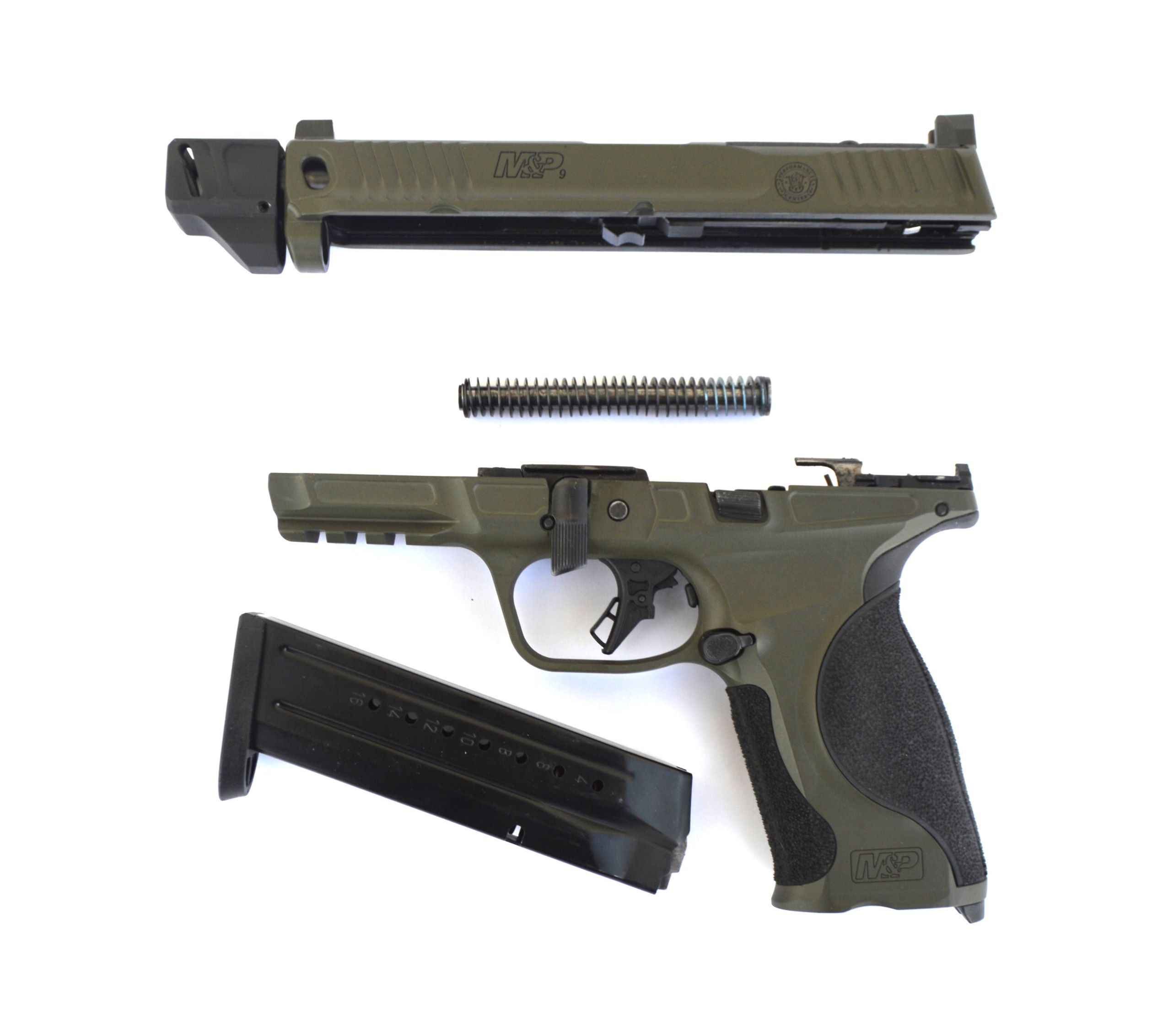
A couple of misconceptions exist concerning the 9mm carbine that may lead to its underutilization and a wrong mindset. It’s fine to have a truck gun or house gun but the ‘bag gun’ concept isn’t something I find tactically viable. Relying on a firearm that takes a full half minute to deploy violates all principles of personal defense and rapid response. (Hats off to an associate who demonstrated a 17-second drill, laying the bagged carbine on the ground, unzipping the case, unfolding the carbine and firing. He beat the other guys- and would be riddled by a duffer with a pistol a short range!)
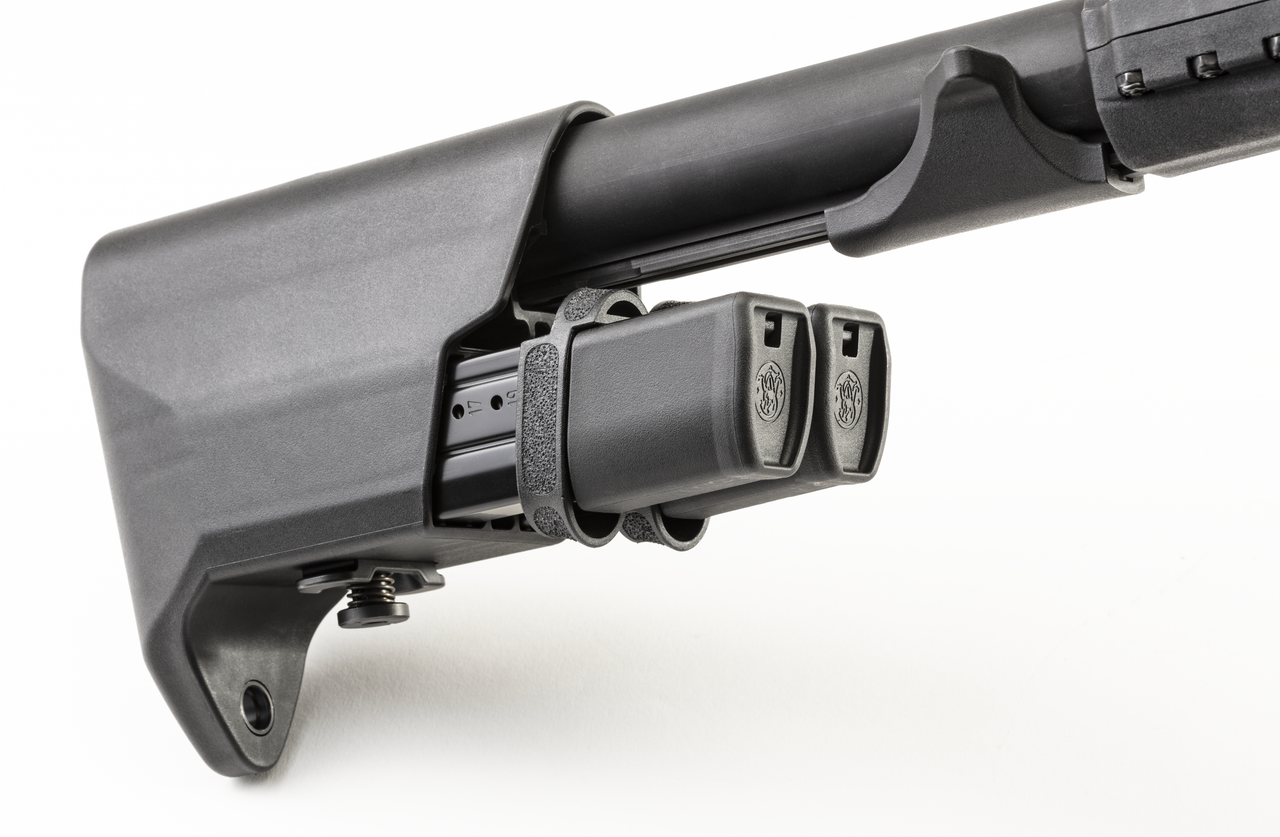
A carbine at home ready is a good idea. A bag gun is something well suited to institutional use, I don’t think the concept is viable for all around personal defense. I have often seen a writer state that “a pistol is good for fighting your way to a long gun.” I just don’t know when this has occurred! You will fight with what you have on hand you will not have time to fight your way anywhere, save perhaps to cover. Get the misconceptions discarded and training squared away and you will find the 9mm carbine greatly increases your safety.
Rapid hits and long range accuracy are excellent for those who practice. The 9mm carbine is accurate well past 50 yards. You may hit targets at ranges at which the cartridge has lost most of its energy. That is great fun in recreational shooting to stretch the accuracy of a pistol caliber carbine, but your personal defense training should be based on reality. The 9mm is at its best inside of 50 yards.
I have had the opportunity to test a number of loads in the Smith & Wesson combination. Find a viable combination well suited to modern needs. Carefully consider your threat profile. As stand-alone firearms either is a good choice but when combined they make an even better choice.
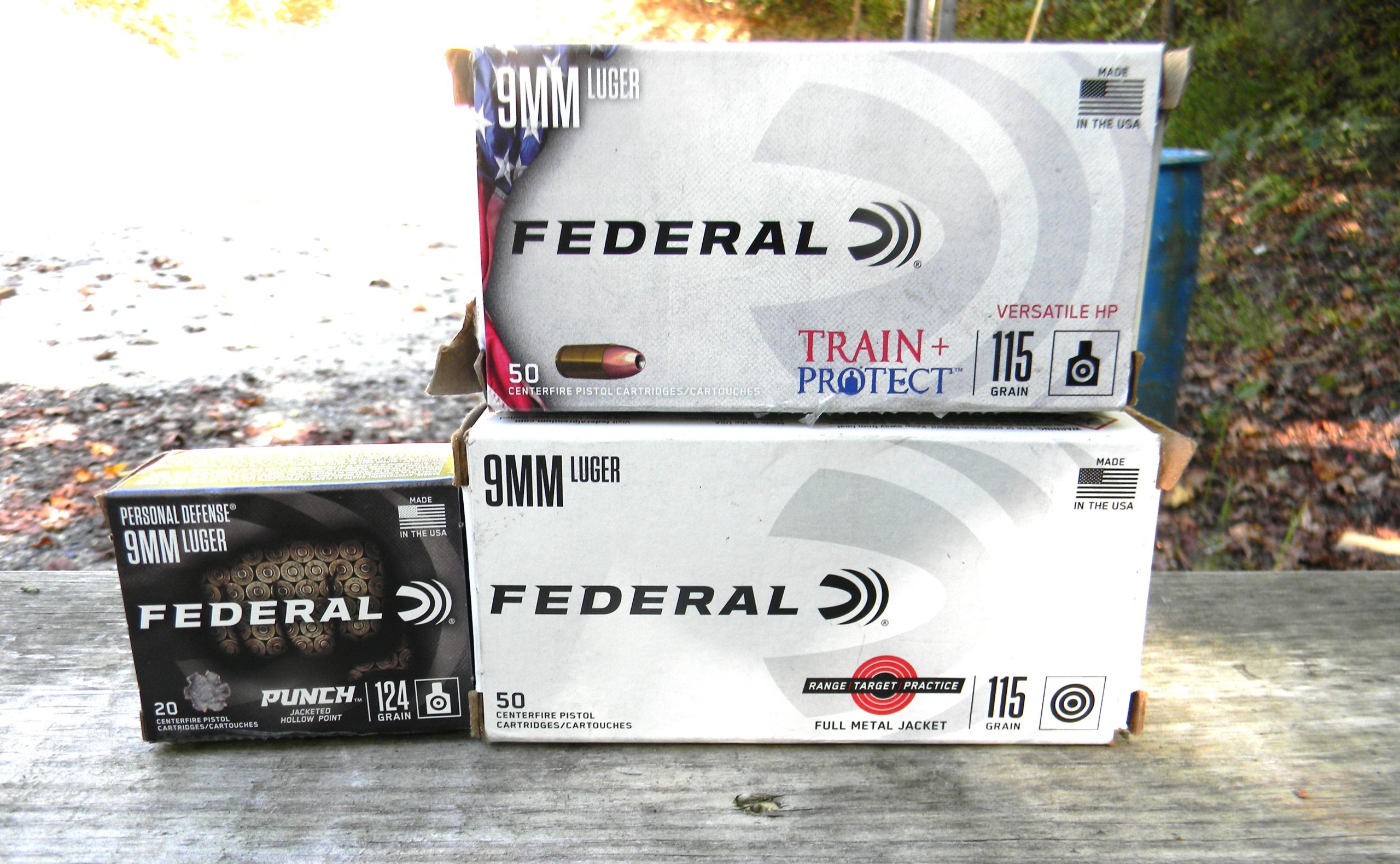
Ammunition testing
Load Velocity: SWM&P S&W FPC
Fed. T&P 115 grain JHP 1160 fps 1244 fps
Speer 124 grain Gold Dot 1153 fps 1230 fps
Federal 147 grain HST 1054 fps 1121 fps
I was able to conduct more extensive testing with a new loading specially designed for the carbine. The Speer 135 grain Gold Dot carbine load offers good performance in both carbine and pistol testing. The figures are for velocity penetration and expansion. I’d Say the 9mm carbine and this load make an outstanding tactical combination.
Speer 135 grain Gold Dot CARBINE
Velocity Penetration Expansion
Pistol 1120 fps 18 in. .550
Carbine 1260 fps 16 in. .630
Smith & Wesson Specs
Smith & Wesson M&P FPC Specs
Type: Blowback-operated, semiautomatic
Caliber: 9x19mm
Capacity: 17- and 23-rd. S&W M&P pistol magazines
Barrel: 16.3 in.
Overall Length: 16.3 in. (folded), 30.3 in. (fixed)
Weight: 5 lbs.
Stock: Tubular steel with 13.2 in. LOP
Finish: Blue
Trigger: 5.5 lbs.
Sights: none, MIL STD 1913 Picatinny rail
MSRP: $659

